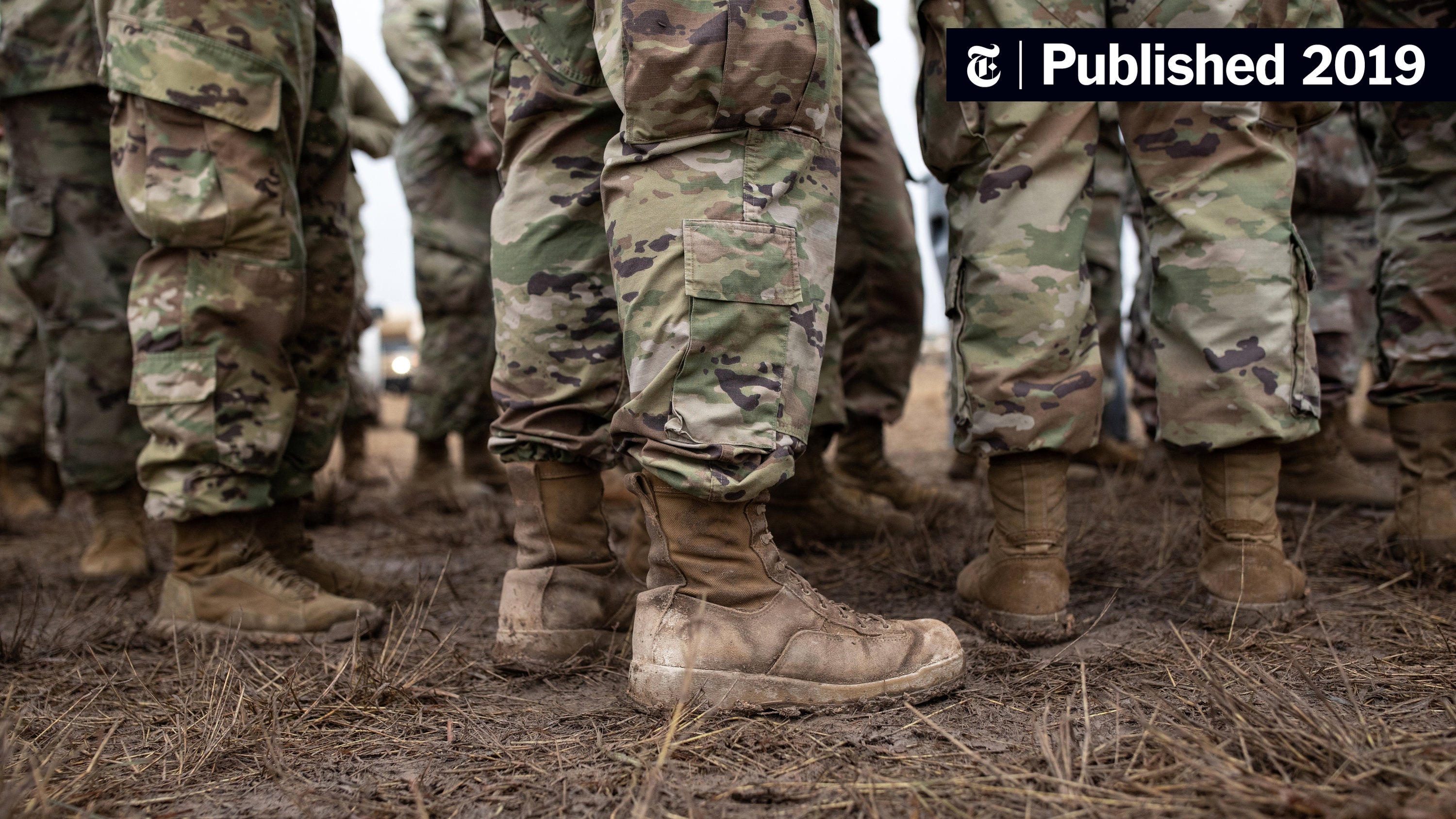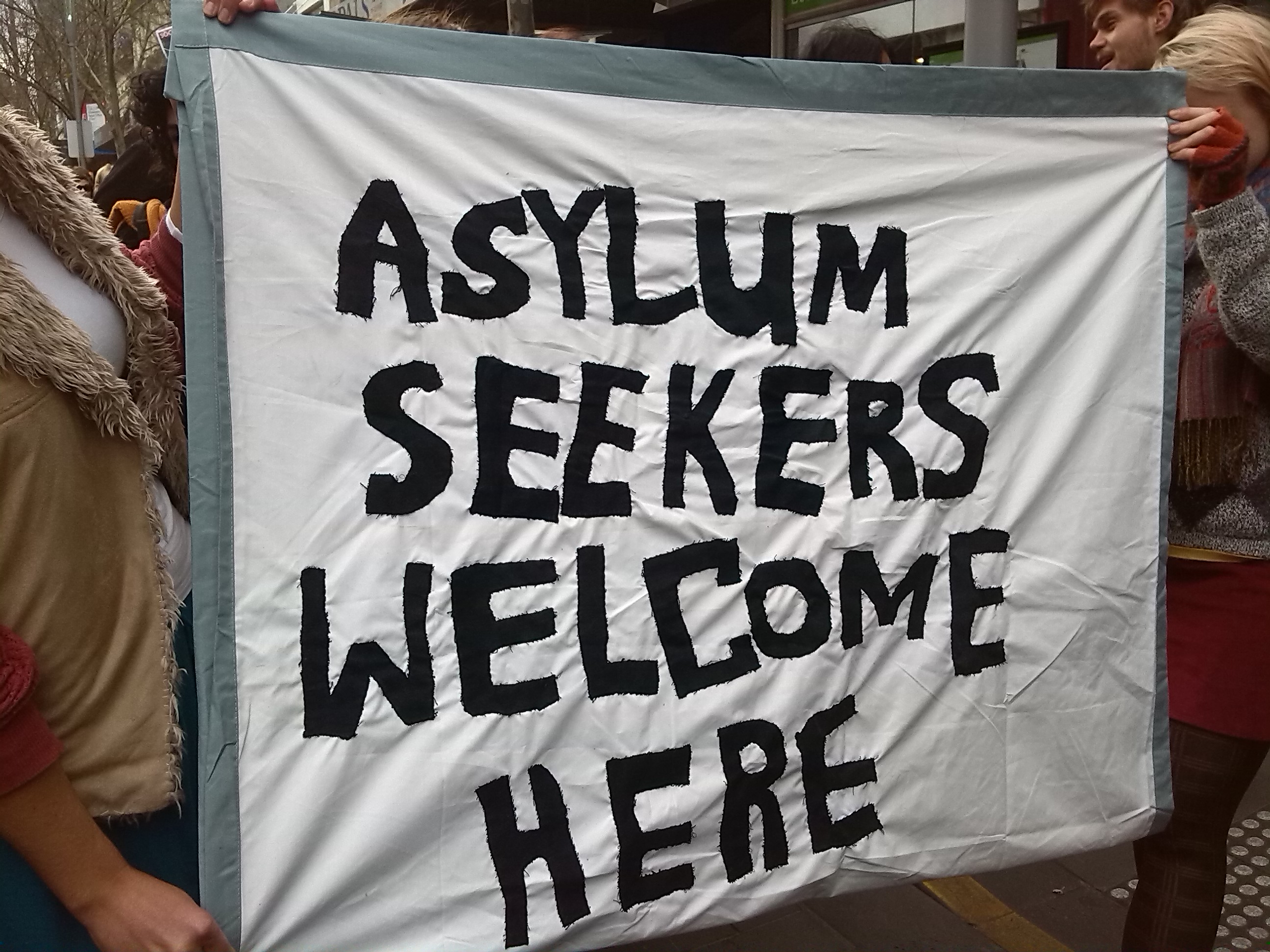Examining The Rhetoric: Trump's Transgender Military Policy

Table of Contents
The Policy's Announcement and Justification
The Trump administration's announcement of the transgender military ban in 2017 was met with immediate backlash. Official statements framed the policy using specific language designed to garner support. Let's examine the key rhetorical strategies employed:
-
Key Phrases: The administration frequently used terms like "burden," "cost," and "combat readiness" to justify the ban. This language implied that transgender service members posed a significant financial and logistical challenge, undermining military effectiveness. The focus on "burden" strategically shifted the narrative away from human rights considerations.
-
Appeals to Authority: The administration often cited the opinions of unnamed military leaders to support its claims. This appeal to authority, however, lacked transparency and often failed to provide concrete evidence. The lack of specific citations weakened the credibility of these justifications.
-
Emotionally Charged Language: The rhetoric often employed emotionally charged language, evoking fear and anxieties about the implications of transgender inclusion in the military. This inflammatory language bypassed reasoned argument and appealed to prejudice.
-
Inconsistencies and Contradictions: The justifications offered were riddled with inconsistencies. While citing cost as a primary concern, the administration failed to provide concrete data supporting this claim. This lack of evidence further undermined the credibility of the policy's justification.
Opposition to the Policy and Counter-Rhetoric
The opposition to Trump's transgender military policy employed a vastly different rhetorical approach. Opponents successfully countered the administration's narrative by emphasizing:
-
Appeals to Fairness, Equality, and Human Rights: The counter-rhetoric centered on fundamental principles of fairness, equality, and human rights. Opponents argued that excluding transgender individuals violated these principles and undermined the military's commitment to diversity and inclusion.
-
Personal Narratives and Testimonials: Transgender service members shared their personal stories, highlighting their dedication, competence, and the discriminatory impact of the ban. These powerful narratives humanized the issue and countered the dehumanizing rhetoric used by the administration.
-
Statistics and Factual Data: Opponents utilized data and research to refute the administration's claims about the costs and challenges associated with transgender inclusion. This factual evidence directly challenged the administration's assertions and exposed the lack of credible data supporting the ban.
-
Media Coverage and Public Opinion: Extensive media coverage and public outcry played a crucial role in shaping the narrative surrounding the policy. The widespread condemnation helped counter the administration's messaging and fueled public support for transgender service members.
The Legal Challenges and Their Rhetorical Dimensions
The legal challenges to the ban became another battleground for rhetorical strategies. Both sides employed distinct legal arguments:
-
Legal Language and Framing: The government's legal arguments focused on executive authority and national security concerns. Plaintiffs countered by emphasizing constitutional rights, including the Equal Protection Clause and due process. The legal language used reflected the broader rhetorical strategies employed in the public debate.
-
Appeals to Constitutional Rights and Legal Precedents: Both sides utilized legal precedents and appeals to constitutional rights to support their arguments. The opposing sides' interpretations of existing laws highlighted the inherent conflict in the policy's justification.
-
Impact of Judicial Opinions: Court rulings significantly impacted the ongoing debate, with judicial opinions reinforcing or challenging the policy's justifications. The court decisions significantly influenced public perception and the trajectory of the legal battles.
-
Reinforcing or Challenging Initial Justifications: Legal arguments often directly addressed the initial justifications for the policy. The legal challenges forced a closer examination of the evidence and arguments initially presented by the administration, leading to a more nuanced understanding of the issue.
Long-Term Impacts and Lasting Rhetorical Effects
Trump's transgender military policy and the accompanying rhetoric have had profound and lasting impacts:
-
Recruitment and Retention: The policy negatively affected the recruitment and retention of qualified individuals, diminishing the military's talent pool and undermining its diversity initiatives. The policy’s implications continue to be felt.
-
Public Perception of Transgender People: The debate significantly influenced public perception of transgender individuals, perpetuating harmful stereotypes and fueling discrimination. The rhetoric surrounding the policy had significant, lasting impacts on societal views.
-
Broader Conversations about LGBTQ+ Rights: The policy and the surrounding debate have shaped broader conversations about LGBTQ+ rights and inclusion, both within the military and beyond. It highlighted the ongoing struggle for equality and acceptance.
-
Military Readiness and Morale: The controversy surrounding the policy likely impacted military readiness and morale, particularly within units and communities impacted by the discriminatory measures. The policy and the surrounding public debate contributed to concerns about unit cohesion and morale.
Conclusion
Trump's transgender military policy showcases the powerful role of rhetoric in shaping policy outcomes and public opinion. The administration's justifications relied on appeals to authority, emotionally charged language, and unsubstantiated claims, while opponents effectively countered with appeals to fairness, equality, and powerful personal narratives. The legal battles further amplified the rhetorical clash, highlighting the conflict between constitutional rights and executive authority. Understanding the rhetoric surrounding Trump's transgender military policy is crucial for analyzing similar policy debates and fostering informed discussions about LGBTQ+ rights and inclusion in the military and beyond. Continue to explore resources on transgender rights and military policy to stay informed and engaged in this important conversation.

Featured Posts
-
 Lynk Lee Tu Truoc Den Nay Hanh Trinh Chuyen Gioi Va Nguoi Yeu Luon Sat Canh
May 10, 2025
Lynk Lee Tu Truoc Den Nay Hanh Trinh Chuyen Gioi Va Nguoi Yeu Luon Sat Canh
May 10, 2025 -
 Nicolas Cage Lawsuit Dismissed Son Weston Remains A Defendant
May 10, 2025
Nicolas Cage Lawsuit Dismissed Son Weston Remains A Defendant
May 10, 2025 -
 Pakistan Students Face Uk Visa Restrictions Asylum Seekers Rise
May 10, 2025
Pakistan Students Face Uk Visa Restrictions Asylum Seekers Rise
May 10, 2025 -
 Nhs Staff Access To Nottingham Attack Victim Records Concerns Raised Over Data Breach
May 10, 2025
Nhs Staff Access To Nottingham Attack Victim Records Concerns Raised Over Data Breach
May 10, 2025 -
 Analyzing Aocs Attack On Trump And Fox News Response
May 10, 2025
Analyzing Aocs Attack On Trump And Fox News Response
May 10, 2025
